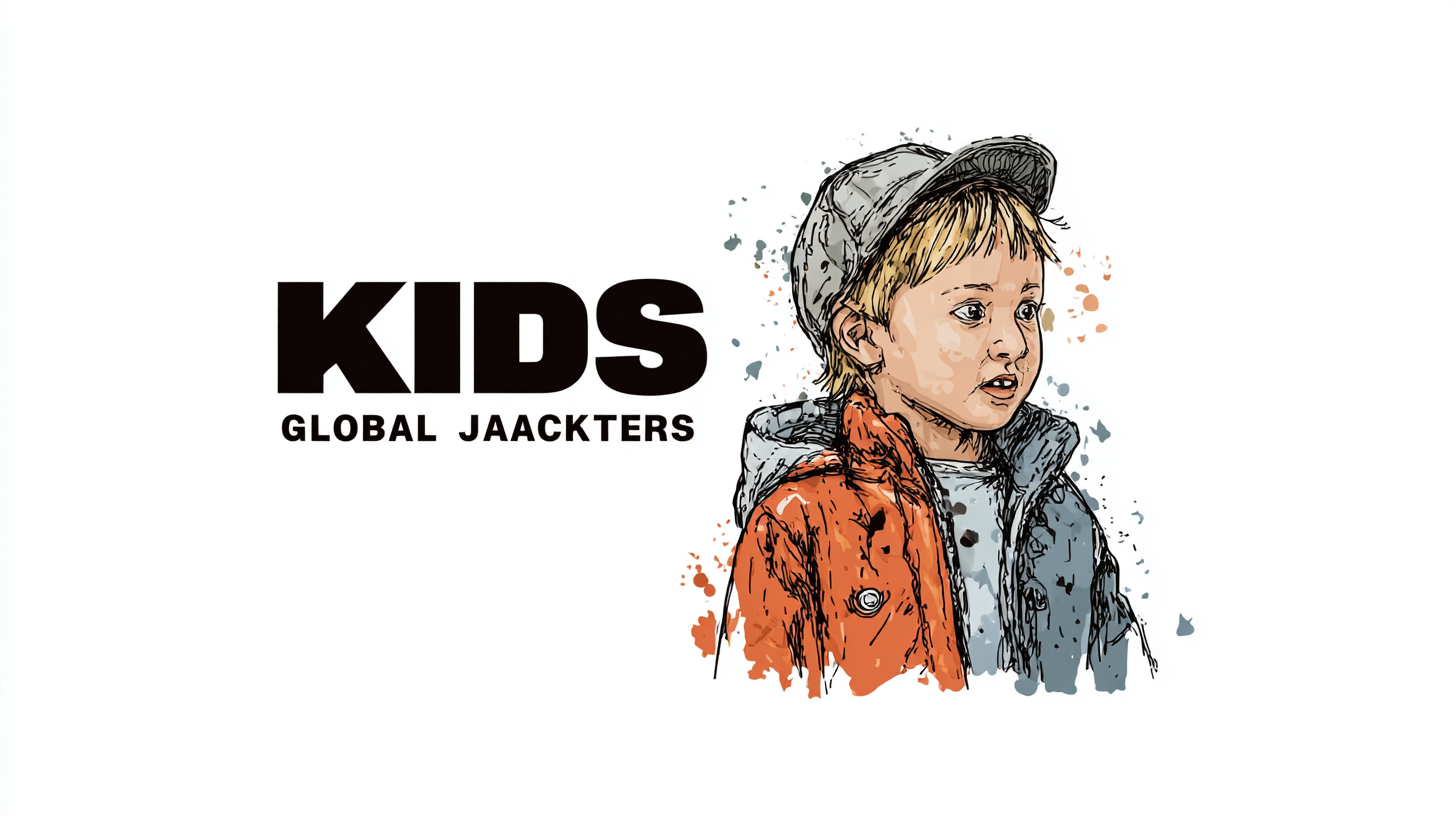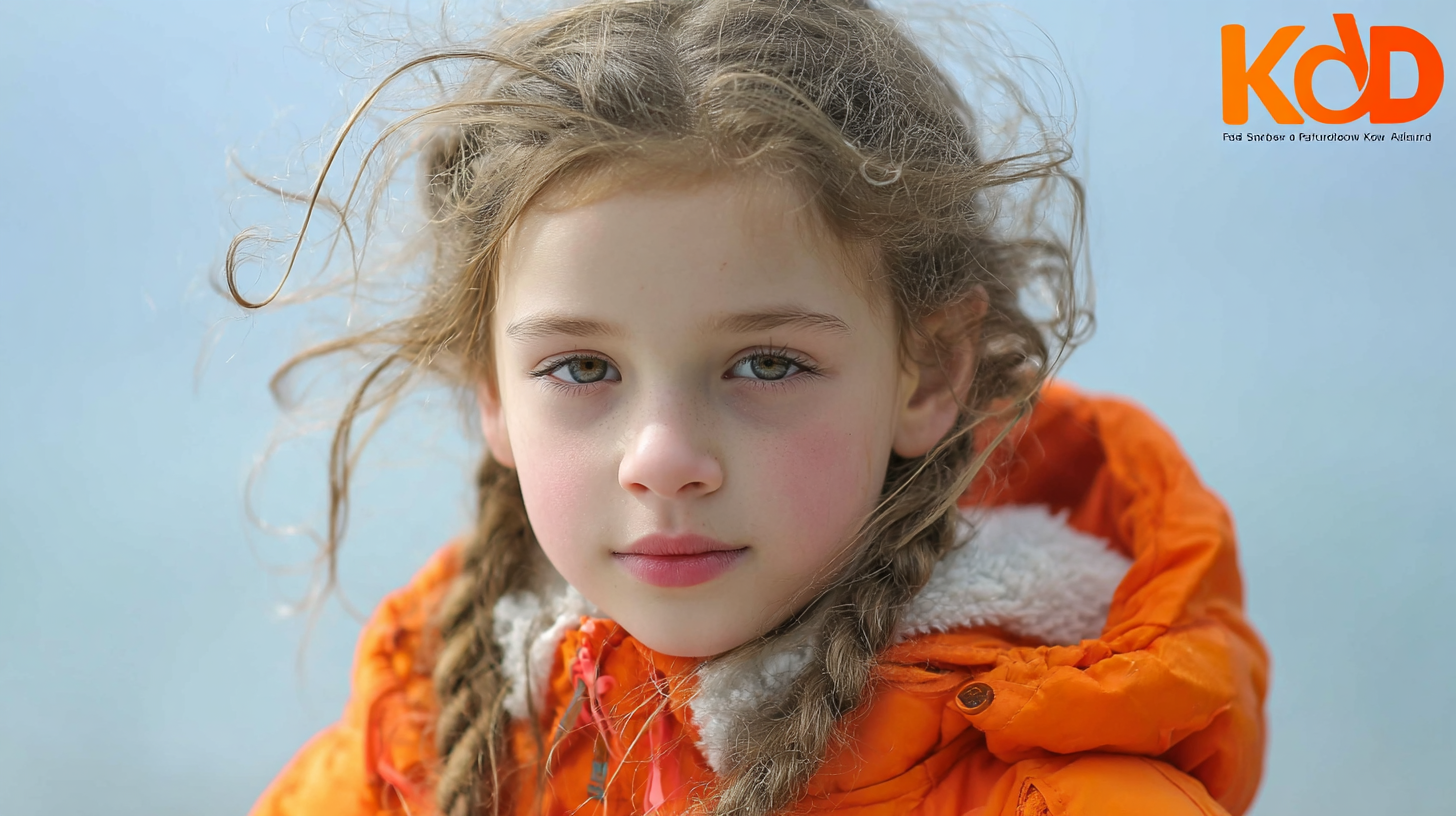In the ever-evolving landscape of children's fashion, the demand for high-quality Kids Jackets continues to rise, propelled by increasing consumer awareness and a focus on sustainability. According to a recent report by Grand View Research, the global kids' outerwear market is projected to reach $22 billion by 2025, with a growing emphasis on durability and safety in production. As parents become more discerning in their choices, understanding the global industry standards for manufacturing Kids Jackets becomes paramount. This blog will guide you through the essential criteria for selecting quality manufacturers, ensuring that the jackets produced not only meet aesthetic preferences but also adhere to stringent safety and environmental standards. By doing so, we can ensure that children are not only stylishly outfitted but also protected against the elements, fostering a new generation of conscious consumers.

The global market for kids' jackets is increasingly influenced by evolving industry standards, which ensure not only the quality but also the sustainability of products. According to recent reports, the global cashmere clothing market is projected to grow from $3.63 billion in 2025 to $4.86 billion by 2032, reflecting an annual growth rate of 4.29%. This surge hinges on consumer demand for quality materials, which is increasingly impacting how kids’ jackets are produced and marketed.
Additionally, the down jacket market is on a similar trajectory, expected to grow from USD 267.3 billion in 2024 to USD 432.3 billion by 2032. As manufacturers respond to this booming market, complying with global standards becomes crucial. These standards not only address manufacturing processes but also tackle environmental issues, particularly those related to the fast fashion industry, which is burdened with significant environmental costs like waste and resource depletion. Meeting these industry standards means that brands must prioritize responsible sourcing and production practices to remain competitive and appeal to environmentally-conscious consumers.
This chart illustrates the impact of various global industry standards on the production of kids' jackets. The standards include Safety Regulations, Material Quality, Sustainability Practices, and Manufacturing Efficiency, evaluated by their implementation rates across different regions.
In the competitive landscape of kids' jacket manufacturing, understanding the key materials and technologies is crucial for producing high-quality garments that meet global industry standards. Recent reports indicate that the global children's outerwear market is projected to reach $13.3 billion by 2025, reflecting a growing demand for durable, stylish, and functional jackets. This trend emphasizes the importance of utilizing advanced materials such as breathable fabrics and insulation technologies to enhance comfort and performance.
One of the leading advancements in kids' jacket production is the incorporation of eco-friendly materials. According to the Sustainable Apparel Coalition, approximately 60% of global apparel is made from synthetic fibers, which often pose environmental challenges. However, manufacturers are increasingly adopting recycled polyester and organic cotton, contributing to a more sustainable production cycle.
Moreover, innovative technologies like moisture-wicking and thermal-regulating systems are being integrated into designs, ensuring that jackets not only protect children from the elements but also maintain optimal body temperature. As brands focus on combining functionality with sustainability, these materials and technologies are becoming standard in the quest to meet both consumer expectations and industry standards.
In recent years, the market for kids' outerwear has experienced significant shifts, driven by changing consumer preferences and increased health awareness. According to a report by Grand View Research, the global children's outerwear market is expected to reach USD 12.36 billion by 2025, growing at a CAGR of 5.5%. Parents are increasingly seeking jackets that offer not only style but also enhanced functionality, such as weather resistance and breathability. This trend reflects a growing desire for products that support active lifestyles, allowing children to enjoy outdoor activities while staying comfortable.

Sustainability is another key factor influencing consumer choices in kids' jackets. A survey conducted by Mintel revealed that 52% of parents prioritize eco-friendly materials when shopping for children’s clothing. As a result, manufacturers are aligning their production practices with global sustainability standards, utilizing recycled materials and sustainable manufacturing processes. This shift not only meets consumer demand but also contributes to a healthier planet, further resonating with eco-conscious families. With these trends in mind, companies must adapt their strategies to meet the evolving expectations of today's consumers in the competitive kids’ outerwear market.
When it comes to producing children's jackets, sustainability is not just a trend; it's a vital commitment that can significantly influence the environment and future generations. Sustainable practices in production are essential to ensure that the materials used are safe for kids and minimize ecological footprints. Manufacturers are now turning to organic fabrics, recycled materials, and non-toxic dyes to create jackets that are both stylish and environmentally friendly.
**Tip 1:** Choose jackets made from organic cotton or recycled polyester. These materials not only reduce the usage of harmful chemicals but also promote a healthier environment for children.
Incorporating effective waste management strategies is another critical aspect of sustainable production. Brands are adopting practices such as recycling scraps and ensuring that water used in production is treated before it returns to nature. These methods not only protect ecosystems but also enhance a brand's reputation in the eyes of conscious consumers.
**Tip 2:** Look for brands that implement a take-back program. This initiative allows consumers to return used jackets for recycling or repurposing, contributing to a circular economy and reducing landfill waste.
| Aspect | Standard | Sustainable Practice | Benefits |
|---|---|---|---|
| Material Sourcing | OEKO-TEX Standard 100 | Use of organic cotton and recycled materials | Reduces environmental impact and ensures safety |
| Production Processes | ISO 14001 | Minimizing water usage and waste reduction | Lower production costs, lesser environmental pollution |
| Labor Practices | Fair Trade Certified | Adherence to fair labor standards and wages | Enhances worker morale and strengthens community |
| Product End of Life | Cradle to Cradle Certified | Design for recyclability and biodegradability | Reduced landfill waste and resource recovery |
As the demand for children's apparel continues to rise, understanding export statistics and growth opportunities in the global market for kids' jackets is crucial for manufacturers. Over the past few years, there has been a marked increase in the export of kids' jackets, driven by a growing awareness of safety standards and sustainability among consumers. Countries like China, Bangladesh, and Vietnam have established themselves as key players, leveraging their manufacturing capabilities and cost advantages to meet the needs of international buyers.
Additionally, emerging markets present significant growth opportunities for producers of kids' jackets. Regions such as Southeast Asia and Africa are experiencing an increase in disposable incomes, leading to higher demand for quality children's clothing. Brands that align with global standards for safety and environmental sustainability are likely to gain a competitive edge in these markets. By investing in eco-friendly materials and adhering to international safety regulations, manufacturers can not only expand their market reach but also cater to the evolving preferences of conscious consumers worldwide.
